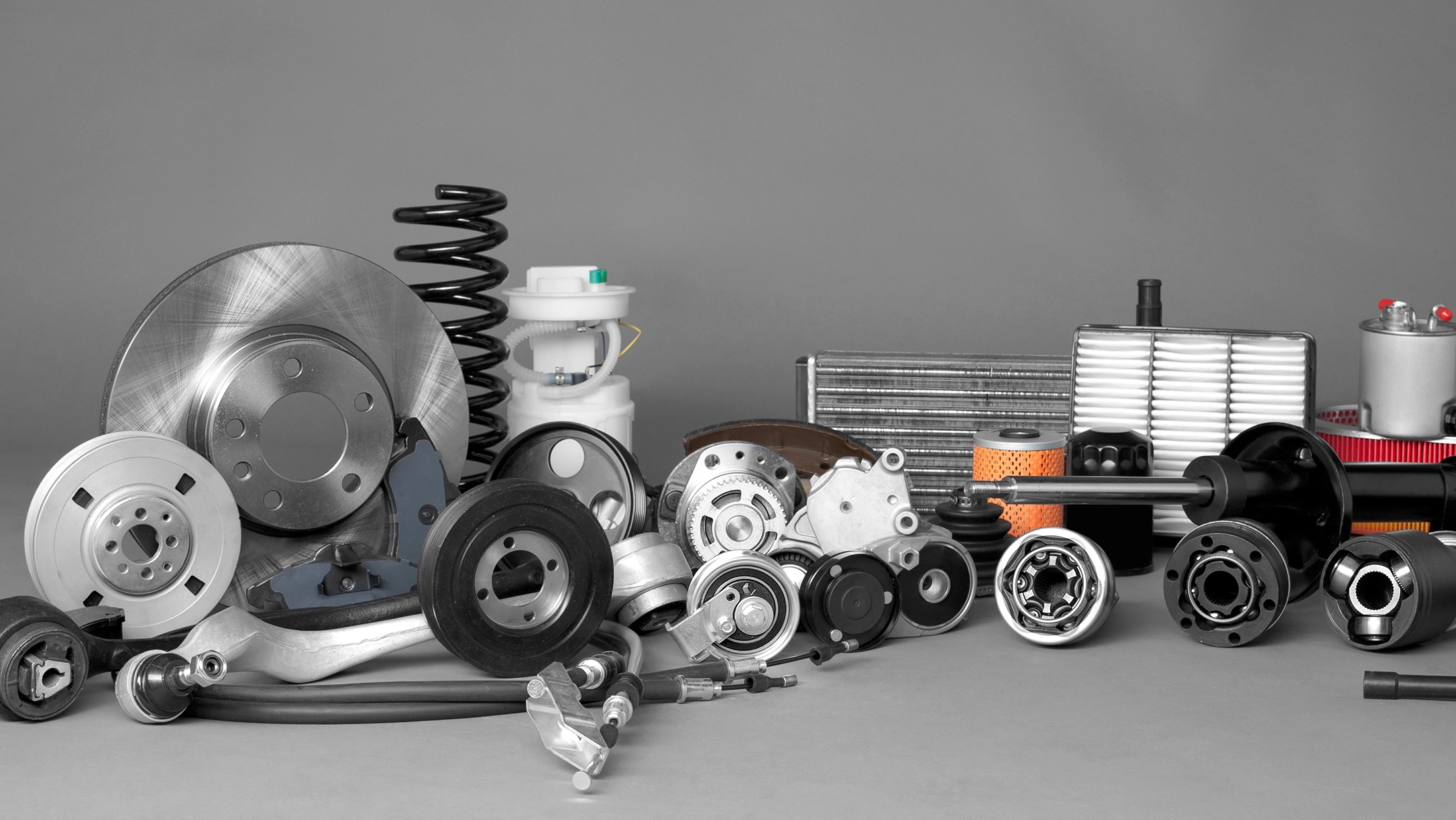How Composites Are Impacting Our World
The Benefits of Composite Materials in modern Manufacturing
The use of composite materials dates way, way back—to around 7000 BC even, when air-dried bricks made of clay and straw were commonly used in construction. Humanity has known the powerful benefits of combining materials for quite some time.
Composite materials are created by combining two or more materials with unique properties to produce a material with even greater capabilities. It’s truly a case where the sum is greater than its parts.
Often, composites are used to create materials that are simultaneously lighter and stronger than their individual components would allow. Composite parts can also be engineered to withstand high-temperature and high-pressure environments. In today’s manufacturing landscape, composites play an important role in a variety of critical industries.
In this article, we will explore the applications and advantages that composite materials bring to the aeronautics, automotive, and robotics industries.
Composite materials in Aeronautics
As mentioned, one of the primary benefits of composites is the ability to create lighter, stronger materials, which is particularly useful in aircraft design. Composite materials have exceptional strength-to-weight ratios, contributing to improved fuel efficiency and performance for aircraft compared to heavier traditional materials like aluminum or steel.
In addition to weight reduction, composites offer other advantages in aeronautics, such as increased durability and greater design flexibility. Composites are more resistant to fatigue and corrosion than metals, reducing maintenance costs for aircraft. Moreover, composites allow for more flexible engineering of parts, enabling the creation of more aerodynamic and visually appealing components.
In practice, this can be seen in many modern aircrafts. According to ScienceDirect for example, 50% of the Boeing 787 Dreamliner’s structural weight is made up of composites, contributing to its fuel efficiency and long-haul capabilities.
Composite materials in Automotive
The same exceptional strength-to-weight ratio that benefits aeronautics is a major advantage in the automotive space. Composite parts can be far more complex without adding weight, which is essential for modern vehicle design.
Furthermore, composite parts enhance vehicle crash safety because they can absorb more energy than conventional steel, providing better protection for passengers. This improved safety comes at a lower total vehicle weight, leading to increased fuel economy.
Durability is also a factor, as metals are extremely susceptible to the elements and wear. Composites, on the other hand, offer stronger resistance to corrosion, impact, and weathering for long-term use.
Composite materials in Robotics
The robotics industry benefits from composites perhaps more than any other sector. The combination of durability and strength-to-weight ratio allows for the development of advanced robotics that are both highly efficient and incredibly versatile.
In robotics, these lightweight and strong materials allow for the creation of more agile and efficient machines. The reduced weight helps lower power consumption, which is crucial for autonomous systems and extends the operational life of the robots.
The design flexibility of composites also means that engineers can create more innovative and functional designs, improving the capabilities of robotic systems across various applications, including surgical robots, autonomous drones, underwater robots, and more.
The Future of Composite materials
As you can see, the benefits of composite materials are vast, and their uses span every industry. From enhancing the efficiency of aircraft to improving vehicle safety and performance, composite parts are at the forefront of modern manufacturing and innovation. As industries continue to evolve and improve their efficiency, the role of composites will only grow.
The possibilities are truly endless, with composite materials setting higher and higher standards for strength, durability, and design flexibility. Whether in the skies, on the road, within the most advanced robotics, or in your own industry, composite materials are shaping our future.
At Red Seal Electric Company, we offer a comprehensive range of composite materials designed to meet the specific needs of various industries. We stock more than 70 types of composite insulating materials including:
Fiberglass: Known for its excellent insulation properties and high strength-to-weight ratio, fiberglass is ideal for electrical and thermal insulation.
Plastics: Versatile and durable, plastic materials offer good electrical insulation and chemical resistance.
Laminates: Our high-quality laminates provide exceptional electrical insulation and mechanical strength.
Cement Board: Perfect for applications requiring fire resistance and thermal insulation.
Micas: Highly resistant to heat and electricity, mica is an excellent choice for high-temperature applications.
No matter what type of materials you're in need of for your project, our team of experts is here to help you find the perfect solution. Send us a message to get started.


